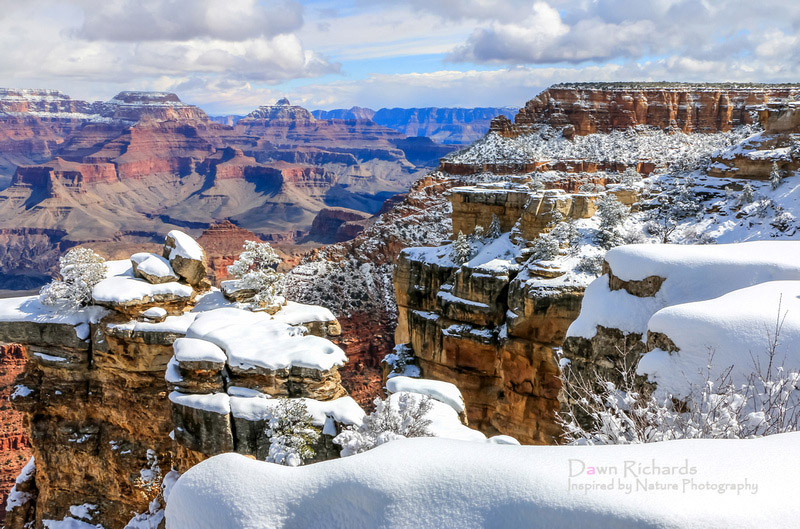
Dawn Richards is a landscape and nature photographer based in Arizona. Her portfolio includes photos from around the world, with a heavy dose of the American Southwest. I recently had the opportunity to interview Dawn about her background and her work. Thanks to Dawn for taking the time to answer these questions for our readers.
Please tell us a little bit about yourself and how you got started with photography.
I was raised in southwestern Pennsylvania and loved taking photos as a child. We would often drive into the scenic Laurel Highlands, part of the Allegheny Mountains, for the weekend where I found many occasions to practice photography. I’ve always had interest in painting and other visual arts as well.
Many photos and cameras later, I had the opportunity to visit Denver during a business seminar. It was my first trip west, and I was captivated by the beauty and scale of the Rocky Mountains. I was thrilled with the images I had collected during that trip. That led me to visit many other national parks and forests over the years and, of course, I photographed every trip. Photography has been a lifelong passion for me.
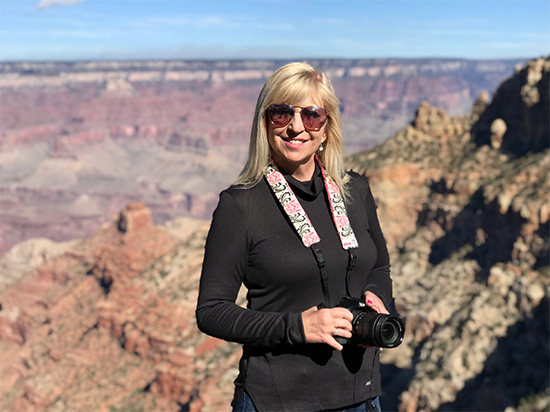
Do you have any formal photography training?
I’m definitely a self taught photographer. When I switched from a point and shoot 35 mm camera to my first SLR, it required a some practice and it took a little time to master. With the purchase of my first DSLR, I welcomed the transition into digital photography. I have participated in some online classes and occasionally watch online tutorials. It is always great to pick up some useful tips and new ideas.
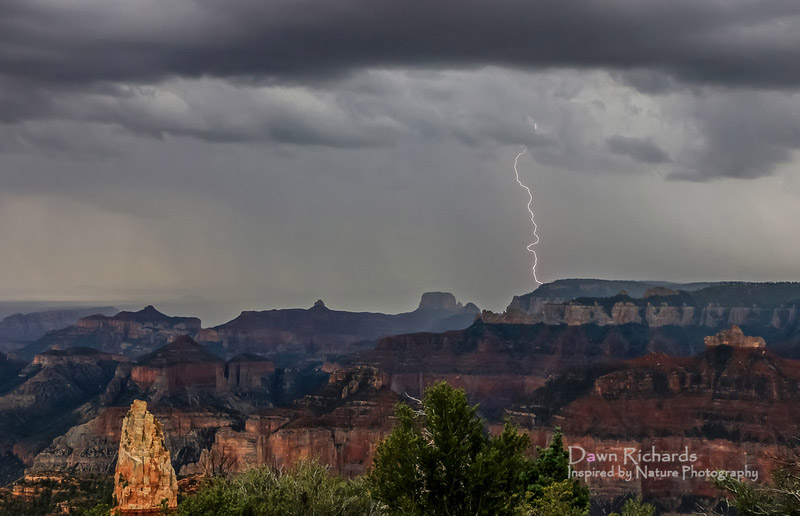
What draws you to landscapes rather than other types of photography or subjects?
I’ve always had a love of nature, wildlife and being outdoors. Spending time within our wilderness areas inspires me and makes me appreciate the beauty in the world around us. I feel a sense of calm and peace being surrounded by nature. One of my favorite John Muir quotes is “In every walk with nature one receives far more than he seeks”. I enjoy landscape photography as a way to capture that moment in time. I’d like to be able to inspire those that view my photography to have an appreciation of this scenic beauty and perhaps visit these places themselves.

How would you describe your photographic style?
My goal has always been to showcase the beauty of nature, wilderness, wildlife, and other landscapes just as I’ve witnessed it. I try to maintain the most realistic and natural qualities in the images with minimal corrections. I enjoy vast landscapes encompassing entire scenes as much as capturing smaller elements within nature. As a master gardener, I find it difficult to pass up a single perfect flower as I hike. Being able to capture wildlife in their natural surrounding is also a large part of what I enjoy about photography.
Although some of my images require a bit of post processing, I always try to keep things as real as possible. There are some dramatic HDR landscape images that are beautifully created. I have experimented with some of that software and have a great appreciation for the skill required to produce those enhanced images. However, I prefer the natural style. Everyone has their own preference and develops their own style. You have to love what you do and hope your audience does also.
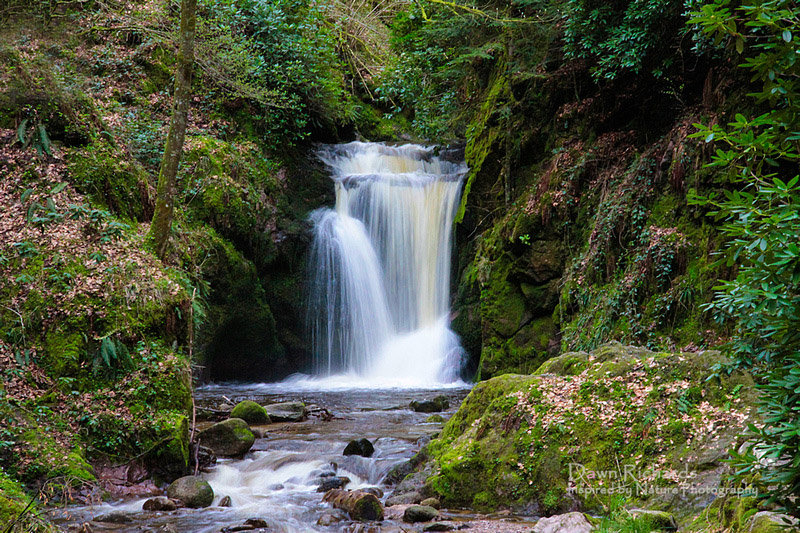
As someone who has traveled a lot and seen many different locations, what attracts you to the southwest US?
Prior to relocating here in 2011, we had traveled west frequently to visit. The southwest offers many national parks each with its own distinct features and beauty. The wide variety of colors of the canyons, rock formations and mountains along with the expansive skies are a photographer’s dream.
Just within Arizona, we have a very diverse landscape with many climate zones and seasons. Within a few hours of Phoenix, I can drive to see snow in the Grand Canyon or drive through beautiful golden aspens, petrified forest, and lava fields. Closer to home, I can often drive into the mountains and desert canyons and experience beautiful sunsets and wild horses.
There is so much history in the Southwest also with the old mining/ghost towns, the Wild West and Native American history. The proximity of the California coast and it’s many national parks has also been wonderful. As a photographer, there are endless possibilities here, and I feel very fortunate to be living in such a beautiful area.
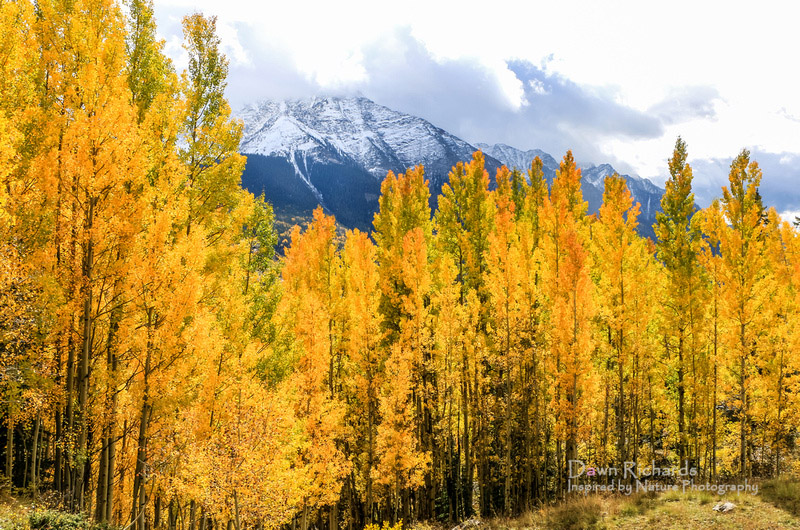
What is one important lesson that you have learned through your own photography?
I’ve had to work on being prepared for every possible situation. I have a lot of gear and when I’m hiking, I want to take only the necessities to lighten my load. This has been a mistake for me on a few occasions. On one 120 degree day last summer, I hiked with my camera to catch a few wild horses in the Salt River in Arizona. I arrived and found my horses, but my camera battery was dead. I had to hike back for the other battery. Luckily, the horses were still around by the time I hiked again was finally prepared to take their photos. On another occasion, I was hiking only with my wide angle lens on a mountain trail. Of course, not having my zoom lens, I discovered an eagle’s nest above in the trees. These were important lessons that I learned in my effort to travel light. I now make it a habit to carry everything I can possibly need.
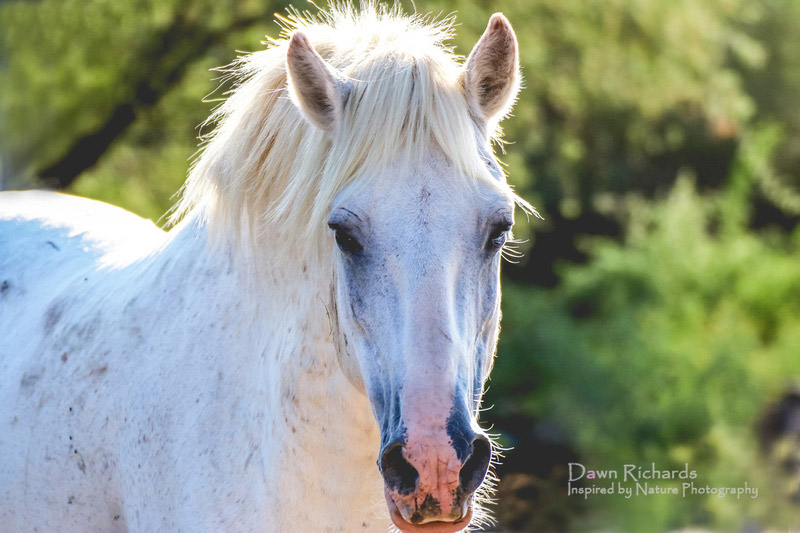
What are some common mistakes that you see new photographers making?
I see many photographers arriving at iconic locations to capture their image and they really don’t spend much time exploring the area. There may be a crowd at that one famous overlook and all the photographers will want to get that shot. There are many other perspectives and angles that they can achieve if they walk around for another view, frame the same subject differently, etc. There are so many times that I will be waiting for a sunset along with many photographers, and immediately when the sun disappears below the horizon everyone leaves. That is always disappointing to me because the best and most vivid colors happen when the sun is no longer there. Having patience and allowing the scene to develop usually has great benefits.
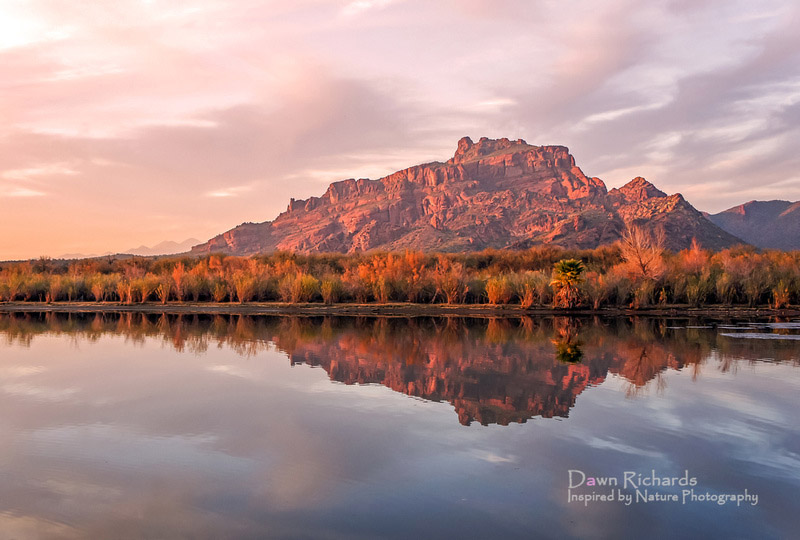
What’s in your camera bag?
I have been a loyal Canon customer for many years. My main camera currently is a Canon 70D with a backup Canon 60D. I have several Canon lenses, but my current “go to” lenses in my bag are the Canon EF-S 15-85mm and Tamron SP 70-300mm Zoom Lens. I’ve also been using a Sigma 17-70mm Macro Lens a bit more for macro and every day shooting. I also have a selection of Hoya and Tiffen filters such as neutral density, circular polarizer, and UV filters.
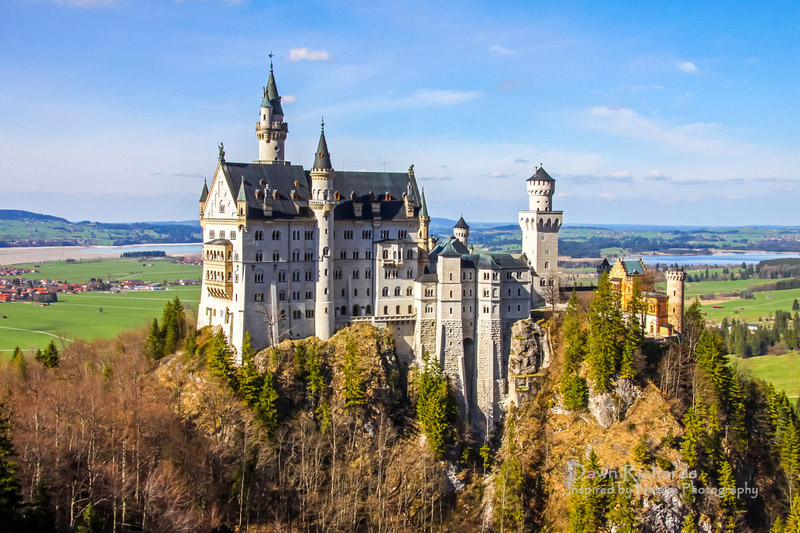
What software do you use for post processing?
I’ve been a loyal user of Lightroom and Photoshop for years. I’ve found both packages to be reliable and very user friendly for my workflow needs.
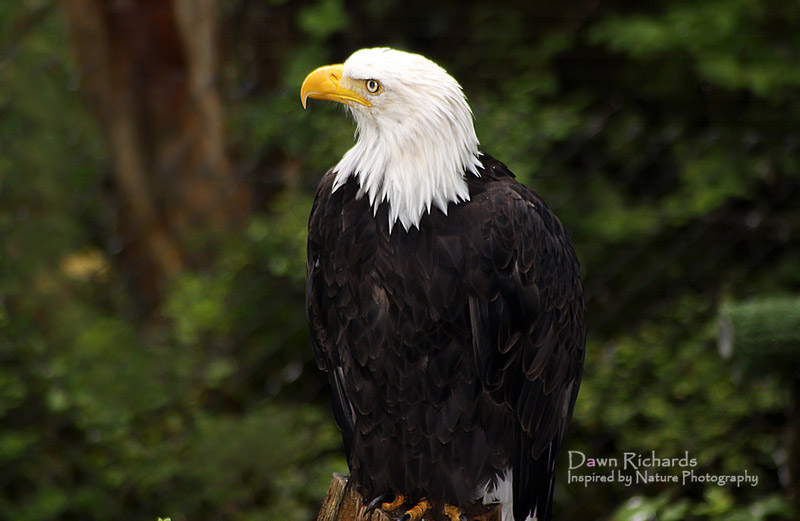
Aside from photography, what hobbies do you have, or what do you like to do for fun?
We have always enjoyed hiking and kayaking. We love camping with our family and have done so in everything from tents, travel trailers and, most recently, a motor home. My favorite trips have been camping in our national parks. We recently backpacked to the bottom of the Grand Canyon and camped overnight. We also enjoy playing golf and spending time with our dogs and family. I am an avid reader, gardener, love to cook, and obviously love to travel.
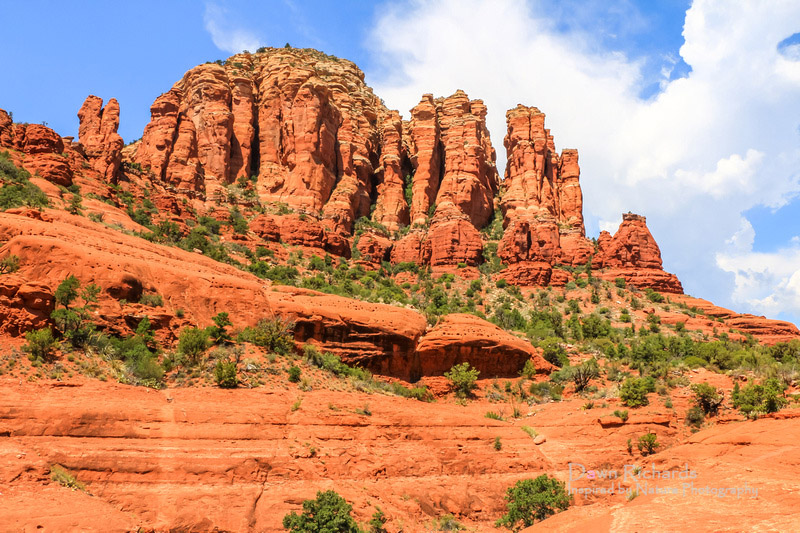
Connect with Dawn
If you would like to get in touch with Dawn or learn more about her work, please use the links below.
All photos in this post are © Dawn Richards, used with permission.